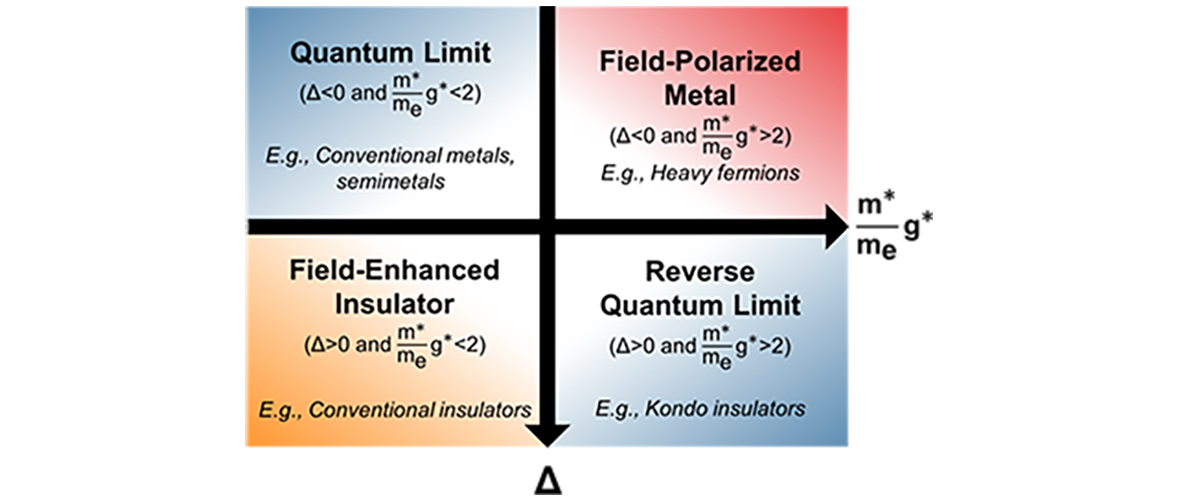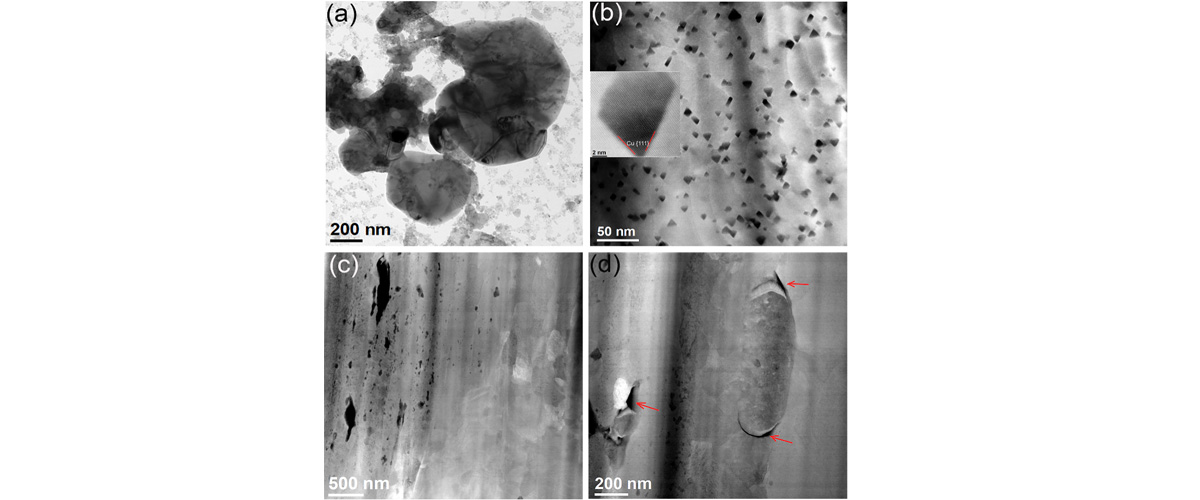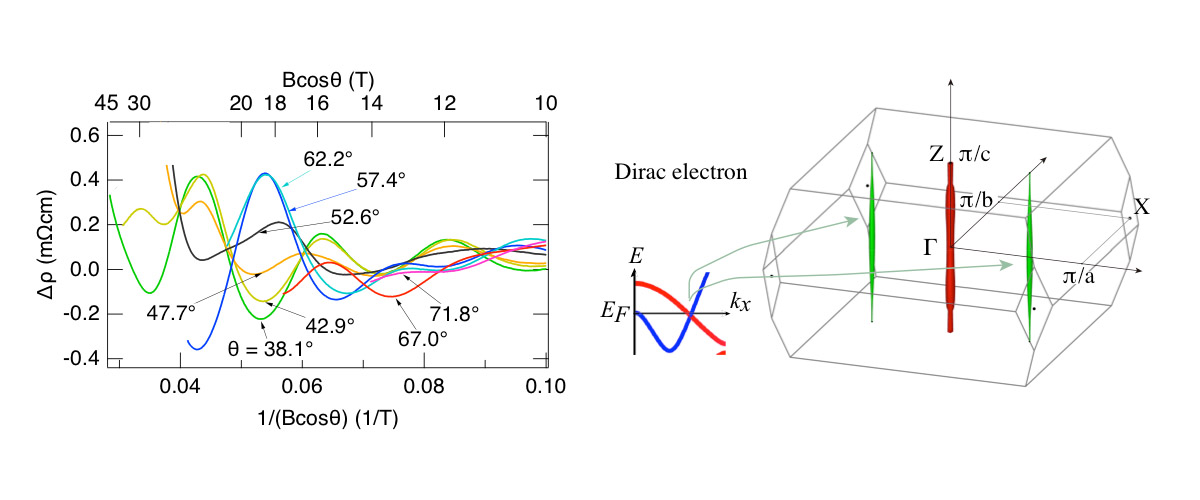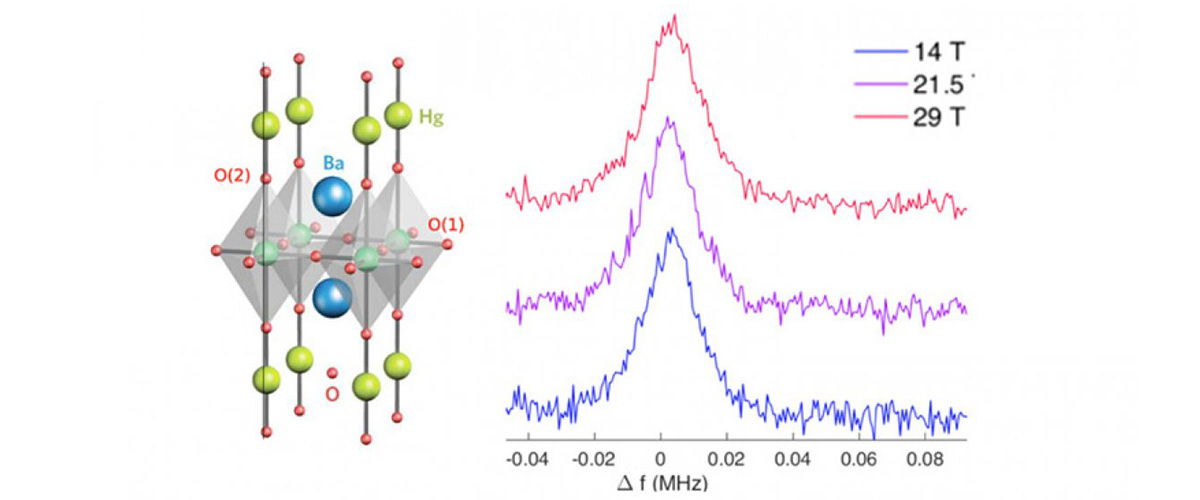What did scientists discover?
The "quantum limit" occurs when strong magnetic fields trap electrons in a single state in metals. A similar effect, called the "reverse quantum limit," has been found in insulators. This was discovered by studying the material YbB12 at low temperatures and high magnetic fields.
Why is this important?
Unconventional electronic phases help scientists explore and test their understanding of condensed-matter systems. These phases are expected to appear in metals under strong magnetic fields, especially if the electrons interact strongly with each other. However, other effects often dominate in such metals, making these phases hard to study. We've found that this "quantum-limit-physics" can happen in strongly-correlated insulators instead. This "reverse quantum limit" in insulators is similar to the quantum limit in metals, but with magnetic fields causing electronic states to behave in the opposite way.
This discovery shows that strongly-correlated insulators are the best platform to explore unusual electronic phases in the "reverse" quantum limit. It also offers new insights into the strange behavior of YbB12, which blurs the usual line between metals and insulators.
Who did the research?
C.A. Mizzi1, S.K. Kushwaha1,2,3,4, P.F.S. Rosa5, W.A. Phelan3,4,6, D.C. Arellano6, L.A. Pressley3,4,7, T.M. McQueen2,3,7, M.K. Chan1, N. Harrison1
1National High Magnetic Field Laboratory, Los Alamos National Laboratory; 2Institute for Quantum Matter, The Johns Hopkins University; 3Department of Chemistry, The Johns Hopkins University; 4PARADIM, The Johns Hopkins University; 5MPA-Q, Los Alamos National Laboratory; 6MST-16, Los Alamos National Laboratory; 7Department of Materials Science and Engineering, The Johns Hopkins University
Why did they need the MagLab?
The unique magnet systems available at the NHMFL’s Pulsed Field Facility were integral to this work because much of the rich physics exhibited by YbB12 requires extraordinarily large magnetic fields to observe: quantum oscillations begin around 35T and the insulator-metal transition extends to nearly 55T! The 65T short-pulse and 75T duplex magnets at the Pulsed Field Facility were crucial to access these regimes in YbB12.
Details for scientists
- View or download the expert-level Science Highlight, Discovery of the Reverse Quantum Limit
- Read the full-length publication, The reverse quantum limit and its implications for unconventional quantum oscillations in YbB12, in Nature Communications
Funding
This research was funded by the following grants: G.S. Boebinger (NSF DMR-2128556); T.M. McQueen (NSF DMR-1539918, DOE DE-SC0019331); N. Harrison (DOE “Science of 100 Tesla”)
For more information, contact Neil Harrison.






